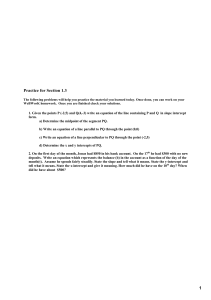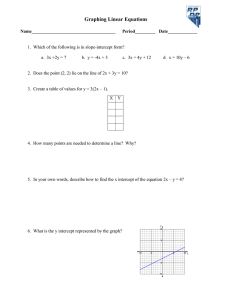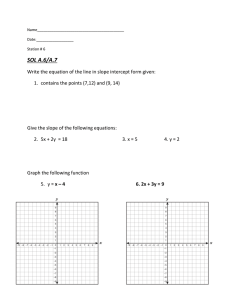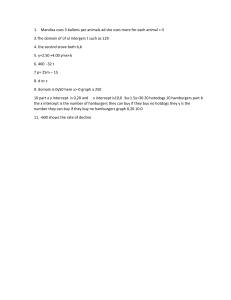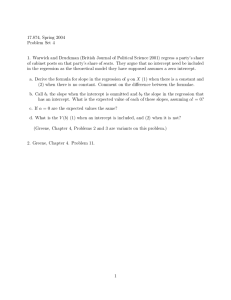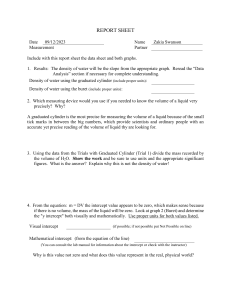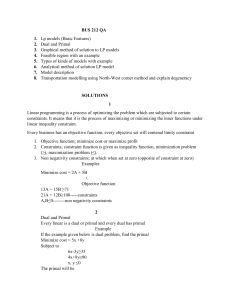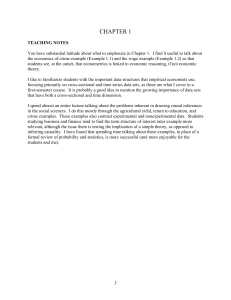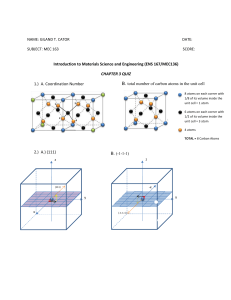Vartanian: Data Analysis 541 Interaction vs. Separate Models If you
advertisement
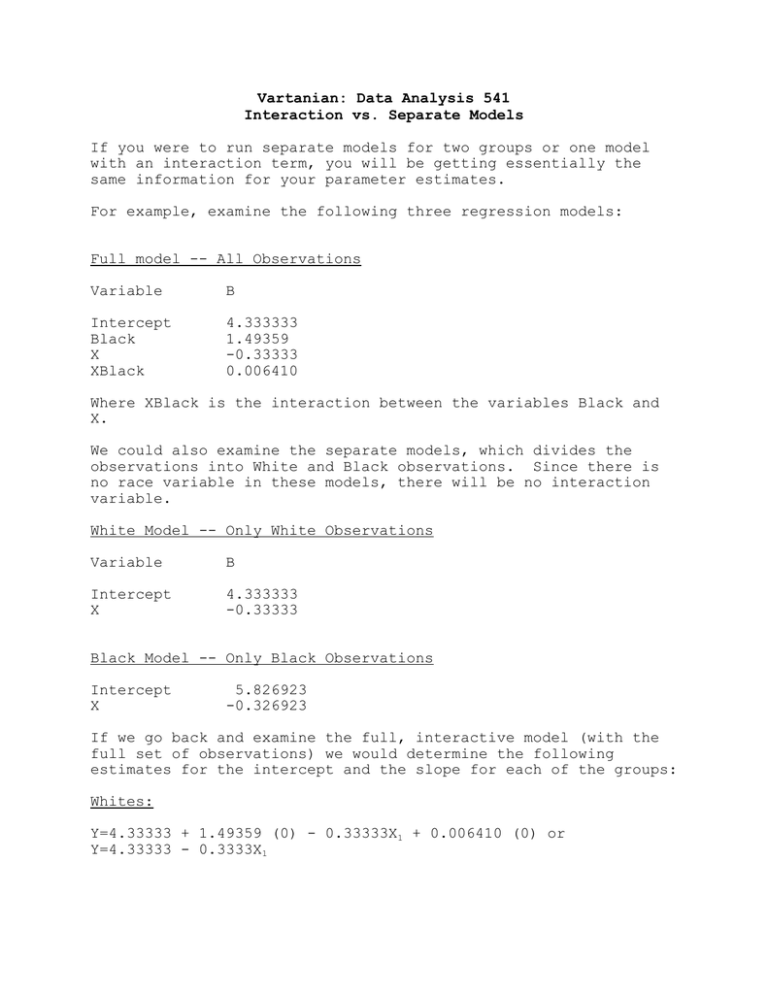
Vartanian: Data Analysis 541 Interaction vs. Separate Models If you were to run separate models for two groups or one model with an interaction term, you will be getting essentially the same information for your parameter estimates. For example, examine the following three regression models: Full model -- All Observations Variable B Intercept Black X XBlack 4.333333 1.49359 -0.33333 0.006410 Where XBlack is the interaction between the variables Black and X. We could also examine the separate models, which divides the observations into White and Black observations. Since there is no race variable in these models, there will be no interaction variable. White Model -- Only White Observations Variable B Intercept X 4.333333 -0.33333 Black Model -- Only Black Observations Intercept X 5.826923 -0.326923 If we go back and examine the full, interactive model (with the full set of observations) we would determine the following estimates for the intercept and the slope for each of the groups: Whites: Y=4.33333 + 1.49359 (0) - 0.33333X1 + 0.006410 (0) or Y=4.33333 - 0.3333X1 Blacks: Y= 4.33333 + 1.49359 (1) - 0.3333X1 + 0.006410 (1) or Y= (4.33333 + 1.49359) + (-0.33333 + 0.006410)X1 or Y = 5.826923 - 0.326923 X1 These are the same values we get when we run the regressions separately. However, running the models separately will help you interpret coefficient estimates, especially when you have three or four way interaction terms. The Chow Test will also tell you whether the entire models are significantly different from one another for the different groups. The interaction terms within a single model will tell you whether or not particular variables within the models are significantly different from one another for the different groups.

